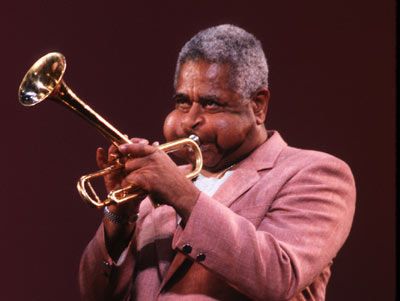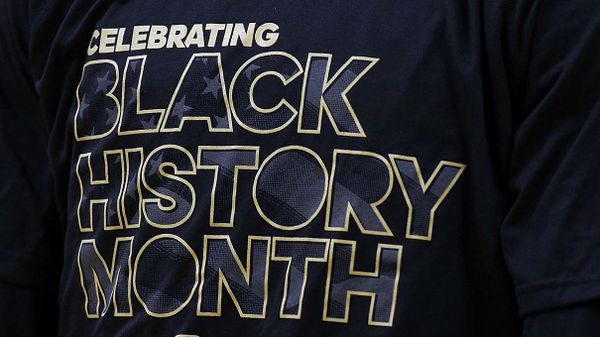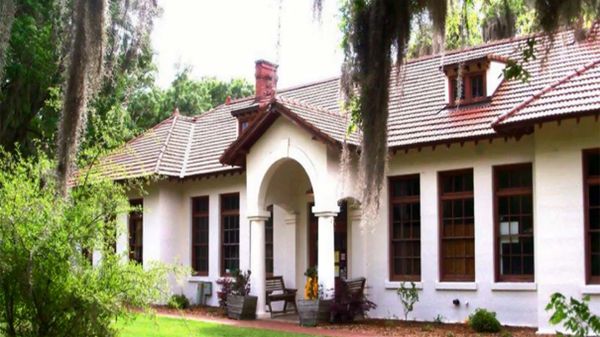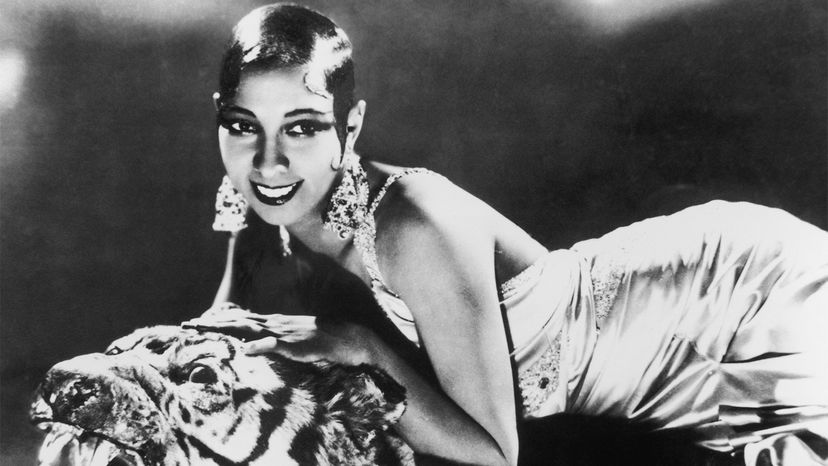
From poetry and prose to music, painting, sculpture and more, the cultural movement known as the Harlem Renaissance produced an unprecedented array of art and social change among the United States' newly liberated black population. The end of the Civil War in 1865 ushered in the emancipation of hundreds of thousands of African Americans who had been enslaved, and by 1920, about 300,000 African Americans from the South had moved north in search of economic, social and political freedoms they'd been denied; Harlem, a 3-square-mile (777-hectare) neighborhood in New York's northern Manhattan, became a destination for around 175,000 African Americans seeking a fresh start.
New York wasn't the only destination for African Americans from the South, but it was an important one. "Maybe the most important piece is the demographic factor," says William J. Maxwell, professor of English and African and African American Studies at Washington University in St. Louis. "There was a mass relocation of black Americans from the South to the North, known as the Great Migration. Particularly after World War I, Northern cities were becoming discernibly blacker. Harlem became the symbolic capital for this, but black people were also moving to cities like Chicago, St. Louis, Cleveland and others."
Advertisement
But New York (and particularly Harlem, which offered African Americans lower real estate and rental prices than many other locations) was a significant city for a number of reasons as black Americans began reestablishing and redefining what it meant to be black in a post-slavery world. "To think about it in a concrete and practical way, New York was where the existing artistic infrastructure was," Maxwell says. "Big publishing companies were now in New York and no longer in Boston, modern art was centered in New York, and Harlem was becoming an attractive destination for black artists. Harlem was also so important because it was the most international black city in the United States — that's the place Carribean migrants came, and you had people from Barbados and Haiti pouring in. Jamaicans like political activist Marcus Garvey and the poet Claude McKay were deeply involved in the movement and were coming to New York, along with a lot of Africans. Outside of Africa or Paris, New York was probably the most international black city in the world at that point."
While changes were flourishing in other parts of the country as well, "the movement" — an explosion of literary, artistic, intellectual and social change among African Americans — quickly became known as the Harlem Renaissance. "It was a self-conscious movement in the sense that the people who organized it knew they were holding a renaissance," Maxwell says. "It was called different things at the time, including the New Negro Movement and the New Negro Renaissance, but it wasn't the kind of aesthetic or cultural event that was only labeled from a distance of years — it was labeled at the time it was actually happening."
While many view the Harlem Renaissance as a primarily literary movement that included the birth of works from leading poet and author Langston Hughes, the golden era that lasted from approximately the 1910s through the mid-1930s also saw the proliferation of visual arts, music, theater and more. But at its core, the Harlem Renaissance was more than an artistic movement — it was an important age dedicated to reclaiming and redefining blackness in a wholly new way.
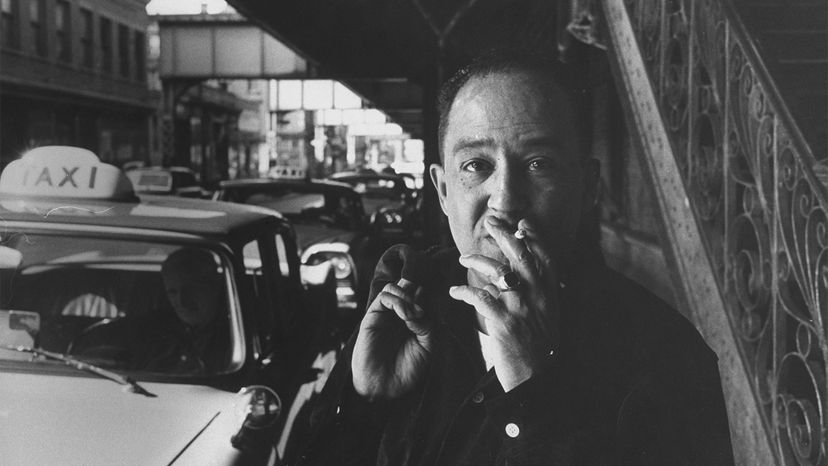
"A 'renaissance' is about the idea of rebirth," Maxwell says. "There are examples of that in Western culture, like with the Italian Renaissance. The Harlem Renaissance had a similar idea in the rebirth of African culture as it was before slavery, but it was also about reinventing a connection all over the black world for cultural possibility and power. What's paradoxical about the Harlem Renaissance is that black artists were defining what it meant to be a modern black people — in other words, for black people to be 'urban' or to have found various forms of economic freedom, which is one reason it was centered in New York — after the Great Migration, there was a revival of African culture as it was before slavery, but the more important piece was defining what it meant to be a black American in relation to modernity."
According to Maxwell, the significance of the Harlem Renaissance extended beyond the arts and permeated culture as a whole. "There were a lot of different styles and all these people were trying to redefine blackness as modern," Maxwell says. "One of the basic elements of 19th and 20th century racism was the idea that black people were primitive or behind the curve of history — the Harlem Renaissance really pushed against that and suggested that black people may be the most modern people who have the capacity for change."
One critical way African Americans pushed back against historic racism was to effectively transform the country's musical landscape. While jazz music had roots in southern towns and cities, like New Orleans and Memphis, it found fame on the East Coast. "Classical 1920s jazz or 'Dixieland' wasn't invented in New York City, but that's where jazz music first became marketable and a national commodity," Maxwell says. "Artists like Bessie Smith and Duke Ellington weren't from New York, but they played clubs there and established an audience there. New York is where early jazz joined the national entertainment industries."
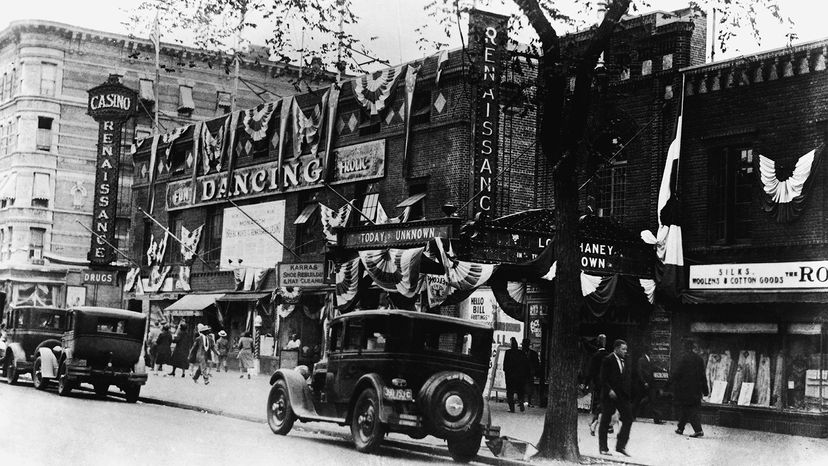
According to Maxwell, a specific style of jazz was actually invented in New York, but the vast majority of what we consider "classical" jazz was imported from elsewhere. "New York was where jazz became nationally popular and began to be played on the radio and in movie theaters," he says. "It traveled up the Mississippi river in the early 1920s, and Louis Armstrong played in Chicago before going to New York City. Some jazz did get invented in New York — a specific style called stride piano, from artists like Fats Waller and James P. Johnson, who wrote the music for 'The Charleston.' Those guys showed the power of New York City as an entertainment capital in that they became professional songwriters in Tin Pan Alley."
While the Harlem Renaissance continues to be celebrated for the contributions of renowned figures like dancer Josephine Baker and artist Aaron Douglas, Maxwell says there's still a lot to be discovered and learned from the era. "The book I just edited with Gary Holcomb, a lost novel by Claude McKay called 'Romance in Marseille' is just one example of all the stuff out there that hasn't been published yet," Maxwell says. "Another McKay novel was discovered about 10 years ago as well called 'Amiable with Big Teeth.'
"There was a great variety of work created during the Harlem Renaissance that we don't understand yet. People know the works of Langston Hughes, the great poet who produced classic poetry soaked in black folklore and speech styles, and Zora Neale Hurston, one of the great storytellers and anthropologists who is also known for bringing black oral forms into prose. But beyond that, there's a lot of other work, like that from a young novelist named Rudolph Fisher, who was also a serious physician and wrote witty novels, like "Walls of Jericho." Also, there were young poets like Helene Johnson who wrote witty, almost Dorothy Parker-like pieces."
The Harlem Renaissance effectively ended in the 1930s after the economic effects of the Great Depression set in, causing businesses, nightclubs and publishing houses to shutter and writers and artists to scatter in the search for employment. Although the historic period of the Harlem Renaissance hit its height a century ago, its influence has continuously impacted American culture through the decades. From its effect on the civil rights movement of the 1960s to its lasting legacy in modern arts and culture, the Harlem Renaissance was, as professor Cary D. Wintz, distinguished professor of history at Texas Southern University, wrote in 2015, "the first time that a considerable number of mainstream publishers and critics took African American literature seriously, and it was the first time that African American literature and the arts attracted significant attention from the nation at large."
Advertisement
